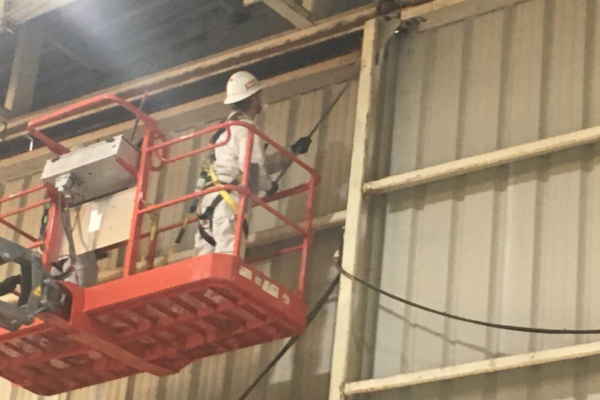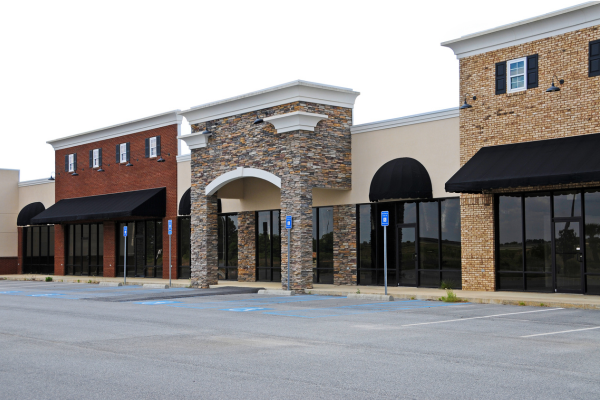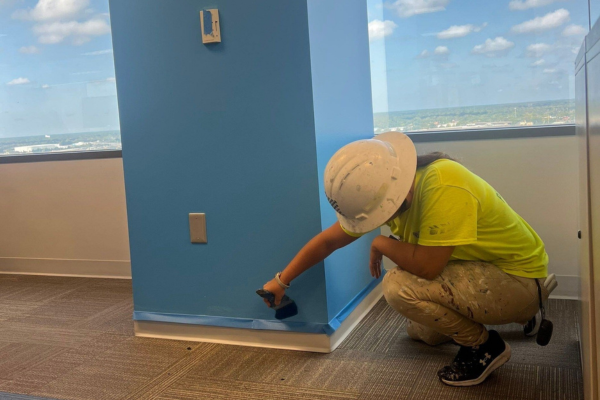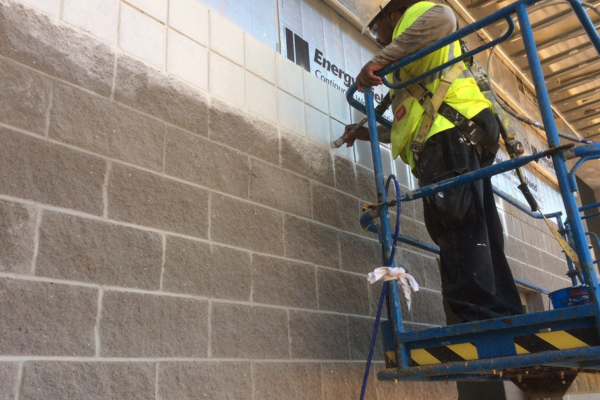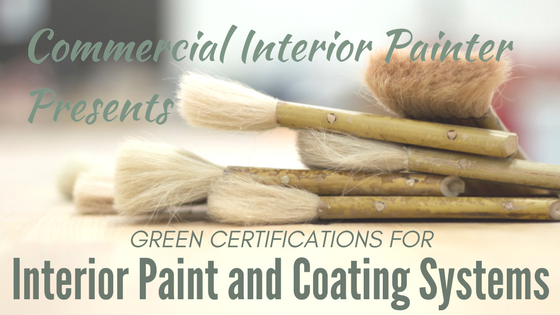
A 2016 poll conducted by the NIBS showed that Americans spend approximately 90% of their time indoors.
A worrying aspect is that the levels of some pollutants are 2 to 5 times higher indoors than outdoors, according to the EPA. Volatile organic compounds, or VOCs, emitted by various materials used throughout buildings are among the pollutants that affect indoor air quality.
Considering the adverse effects of substances hazardous to your health, removing as many sources of VOCs as possible from indoor environments has become a priority for many commercial painting projects.
One of the easiest ways to reduce VOC levels and improve indoor air quality is to select low- or no-VOC paint and coating systems, which emit lower amounts of dangerous volatiles.
However, low- and no-VOC paint is a generic term for a wide range of products. In order to choose the right interior paints and coatings, a commercial interior painter in Jacksonville or Tampa, FL, takes into account a series of factors.
An important factor is the third-party certifications that assure paints’ adherence to specific public health, environmental and performance standards.
Here are several recognized third-party certification programs.
- Green Seal – This certification program includes a series of performance, health and environmental standards paints must comply in order to be certified by Green Seal.
Depending on the requirements a paint product meets, it can be certified under one of the following three categories:
1. GS-11, which defines performance criteria for reflective coatings as well as wall, floor and anti-corrosive base and top coats;
2. GS-43, which delivers a collection of standards that has been developed for assessing recycled and reprocessed exterior and interior latex paint;
3. GS-47, which establishes the requirements for metal and wood coating systems. - UL – UL makes available three levels of certification:
GreenGuard, GreenGuard Gold and EcoLogo.GreenGuard and EcoLogo certifications confirm that certain products meet specific VOC emission limit values.
On the other hand, the paints that achieve GreenGuard Gold certification are more appropriate for special environments that are subject to very strict VOC limits and performance standards (e.g. hospitals, daycare centers, schools and retirement facilities).
A commercial interior painter that uses GreenGuard Gold-certified paints and coatings can rest assured knowing that these products not only reduce chemical exposure and improve indoor air quality but also meet a series of aesthetics, performance and budget requirements.
- MPI – MPI standards focus on the chemical components and performance characteristics of paints and coatings, in the context of applicable rules and regulations relating to indoor air quality in commercial and institutional buildings.
- Scientific Certification Systems – This company provides two certification programs: Indoor Advantage, which is intended for interior building materials, furnishings and finish systems, and Indoor Advantage Gold, which attests compliance with the most stringent indoor air quality standards.
Although the standards of these certification programs may seem to overlap, each program has some unique requirements. Knowing the differences between them, an experienced commercial interior painter can recommend the most appropriate finishing solutions for a commercial painting project.
As we can see, the amount of VOCs in a paint product is critical when it comes to indoor air quality. However, performance is equally important.
In general, high-quality paints ensure superior coverage with fewer coats and are more durable, reducing the repainting frequency even in locations with harsh weather, like Florida. Consequently, high-quality paints can mitigate the overall VOC emissions that tend to accumulate in buildings over time.
To ensure the best possible results as well as the health and comfort of building occupants, our commercial interior painters take into consideration both paint composition and performance characteristics.

